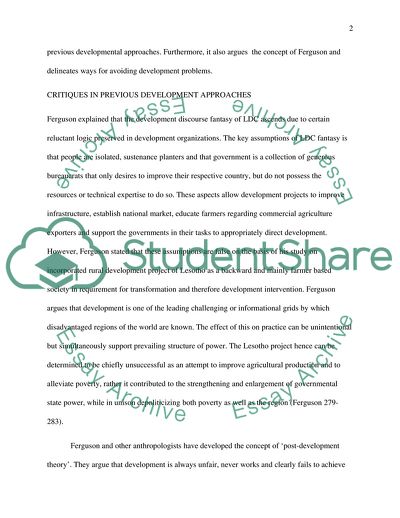Cite this document
(Previous Development Approaches Essay Example | Topics and Well Written Essays - 1500 words, n.d.)
Previous Development Approaches Essay Example | Topics and Well Written Essays - 1500 words. https://studentshare.org/anthropology/1814402-final-exam-essay
Previous Development Approaches Essay Example | Topics and Well Written Essays - 1500 words. https://studentshare.org/anthropology/1814402-final-exam-essay
(Previous Development Approaches Essay Example | Topics and Well Written Essays - 1500 Words)
Previous Development Approaches Essay Example | Topics and Well Written Essays - 1500 Words. https://studentshare.org/anthropology/1814402-final-exam-essay.
Previous Development Approaches Essay Example | Topics and Well Written Essays - 1500 Words. https://studentshare.org/anthropology/1814402-final-exam-essay.
“Previous Development Approaches Essay Example | Topics and Well Written Essays - 1500 Words”. https://studentshare.org/anthropology/1814402-final-exam-essay.


